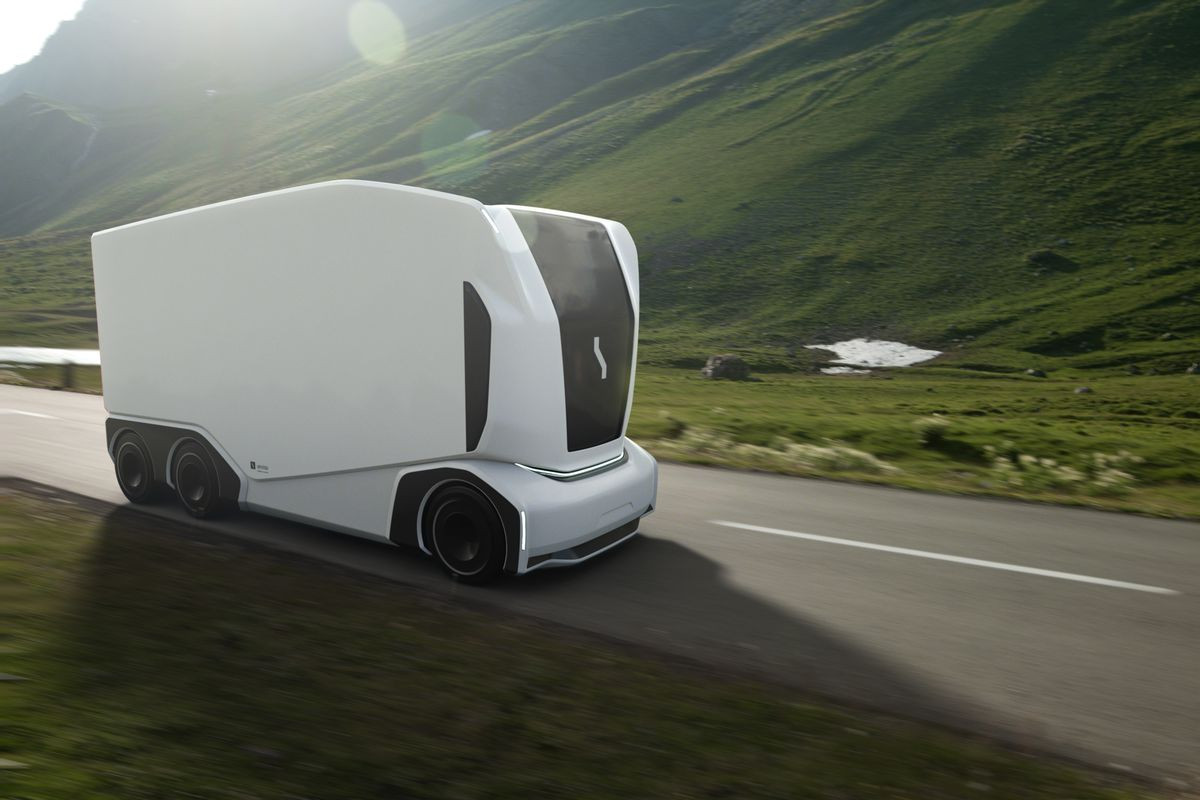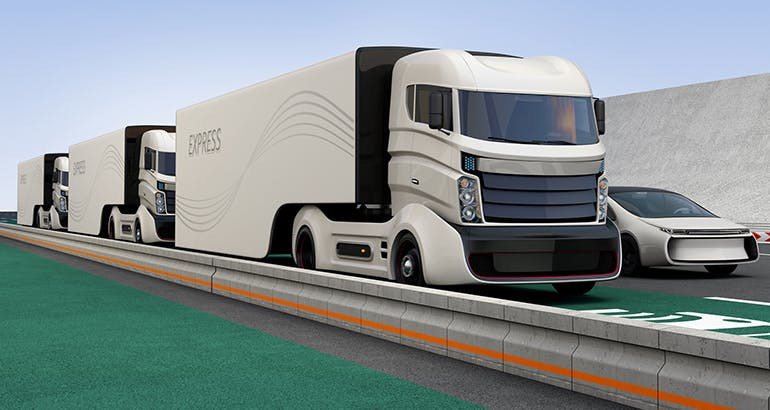The Rise of Autonomous Trucks: A New Era for Global Logistics
With autonomous technology evolving quickly, the trucking sector stands on the brink of a significant transformation. The emergence of advanced Level 4 (L4) autonomous driving systems is expected to reshape global logistics, making transportation safer, more efficient, and less reliant on human drivers. The rise of automated trucks offers numerous benefits for the trucking and logistics industry. One of the primary advantages is cost savings, as these trucks optimize fuel efficiency, reduce driver fatigue, and minimize the need for human operators. This is particularly significant in the context of a global driver shortage, offering a solution by allowing human operators to transition into supervisory roles.
Safety and Sustainability: The Dual Benefits of Autonomous Trucks
Safety is another key benefit. Autonomous systems can help reduce accidents caused by human error, enhancing the overall safety of long-haul transportation. Additionally, the integration of autonomous electric trucks contributes to sustainability efforts, reducing emissions and making logistics greener and more efficient.
2024: The Year of Commercialization for Autonomous Trucks
In 2024, the commercialization of autonomous trucks has taken off, marking a turning point for the industry. According to IDTechEx, which has analyzed over ten companies in the sector, this new phase is being driven by collaborations between autonomous driving technology firms, Original Equipment Manufacturers (OEMs), and logistics companies. Startups are increasingly retrofitting trucks with advanced autonomous systems, bypassing the challenges of mass production by leveraging OEM chassis and expertise. This business model allows autonomous trucking companies to focus on software development while benefiting from OEM support. It also represents a significant shift in how the industry operates, blending traditional manufacturing with cutting-edge technology to meet the growing demand for autonomous logistics solutions.
Global Landscape: Navigating Regulations and Fostering Innovation
The global growth of autonomous trucking is being shaped by varying regulations and policies across key regions like the US, Europe, and China. Each region is navigating its unique challenges while fostering the development of autonomous transportation. The US is at the forefront of autonomous truck development, with major regulatory bodies like the Federal Motor Carrier Safety Administration (FMCSA) and the National Highway Traffic Safety Administration (NHTSA) promoting safe deployment. States like California, Texas, and Arizona are leading on-road testing with extensive pilot programmes. However, the absence of a unified federal policy creates a fragmented regulatory landscape, making cross-state operations difficult for autonomous vehicles. Industry leaders are calling for national legislation to streamline the development and deployment of autonomous trucks. The Infrastructure Investment and Jobs Act passed recently seeks to address some of these challenges by investing in smart highways and dedicated testing facilities, although issues such as safety, liability, and public perception remain unresolved.
Europe: Embracing Sustainability and Harmonizing Regulations
In Europe, autonomous trucking is advancing with strong regulatory support from the European Commission. The ‘Europe on the Move‘ agenda aims to establish a single framework for autonomous vehicle operations across the continent. Countries like Sweden, Germany, and the Netherlands are leading the way, with Sweden’s Einride already running commercial operations using autonomous trucks. The European Union’s emphasis on sustainability has led to a growing focus on autonomous electric trucks, aligning with broader efforts to reduce carbon emissions. However, regulatory discrepancies between Member States create challenges for seamless cross-border operations. The European Commission is actively working to harmonise these regulations to ensure smoother integration across Europe.
China: A Strong Government Push and a Unified Framework
China is emerging as a leader in the commercialisation of autonomous trucks, thanks to strong government support and a centralised regulatory framework. Cities such as Beijing, Shanghai, and Shenzhen have developed autonomous vehicle test zones, and companies like Inceptio and DeepWay are reaping the benefits of favourable policies, including subsidies and highway testing licenses. China’s approach combines autonomous truck development with its broader goals of leading the electric vehicle and smart logistics sectors. Heavy investments in connected highways and dedicated charging stations are accelerating the deployment of autonomous trucks across the country.
The Future of Global Transportation: A Smarter, Safer, and More Sustainable Solution
As the technology continues to evolve, autonomous trucks are poised to revolutionise the future of global transportation, offering a smarter, safer, and more sustainable solution to the challenges facing the logistics industry. The rise of autonomous trucks is an exciting development with the potential to reshape the global logistics landscape. While challenges remain, particularly in the realm of regulation, safety, and public perception, the industry is moving forward with determination, paving the way for a more efficient and sustainable future of transportation.
Navigating the Future: Lessons from China’s Autonomous Trucking Landscape
China’s success in the autonomous trucking sector can provide valuable insights for other countries. The country’s centralised regulatory framework, coupled with strong government support, has fostered a conducive environment for innovation and rapid adoption. China’s approach of integrating autonomous truck development with its broader goals of promoting electric vehicles and smart logistics has yielded significant results. The investments in connected highways and dedicated charging stations have facilitated the widespread deployment of autonomous trucks. The success of China’s autonomous trucking sector serves as a model for other countries seeking to embrace this emerging technology.
The Road Ahead: A Collaborative Approach
The future of autonomous trucking relies on collaboration between governments, industry stakeholders, and research institutions. Fostering a regulatory environment that promotes innovation while prioritizing safety and public trust is crucial. Continued investment in research and development is essential to refine the technology and address remaining challenges. The collective efforts of these stakeholders will be key to realising the full potential of autonomous trucks and shaping a more sustainable and efficient transportation future.


















